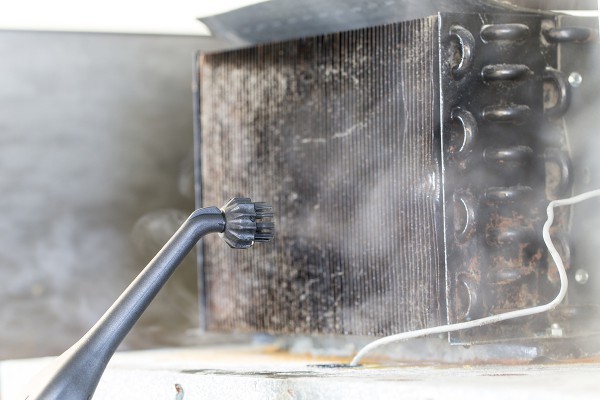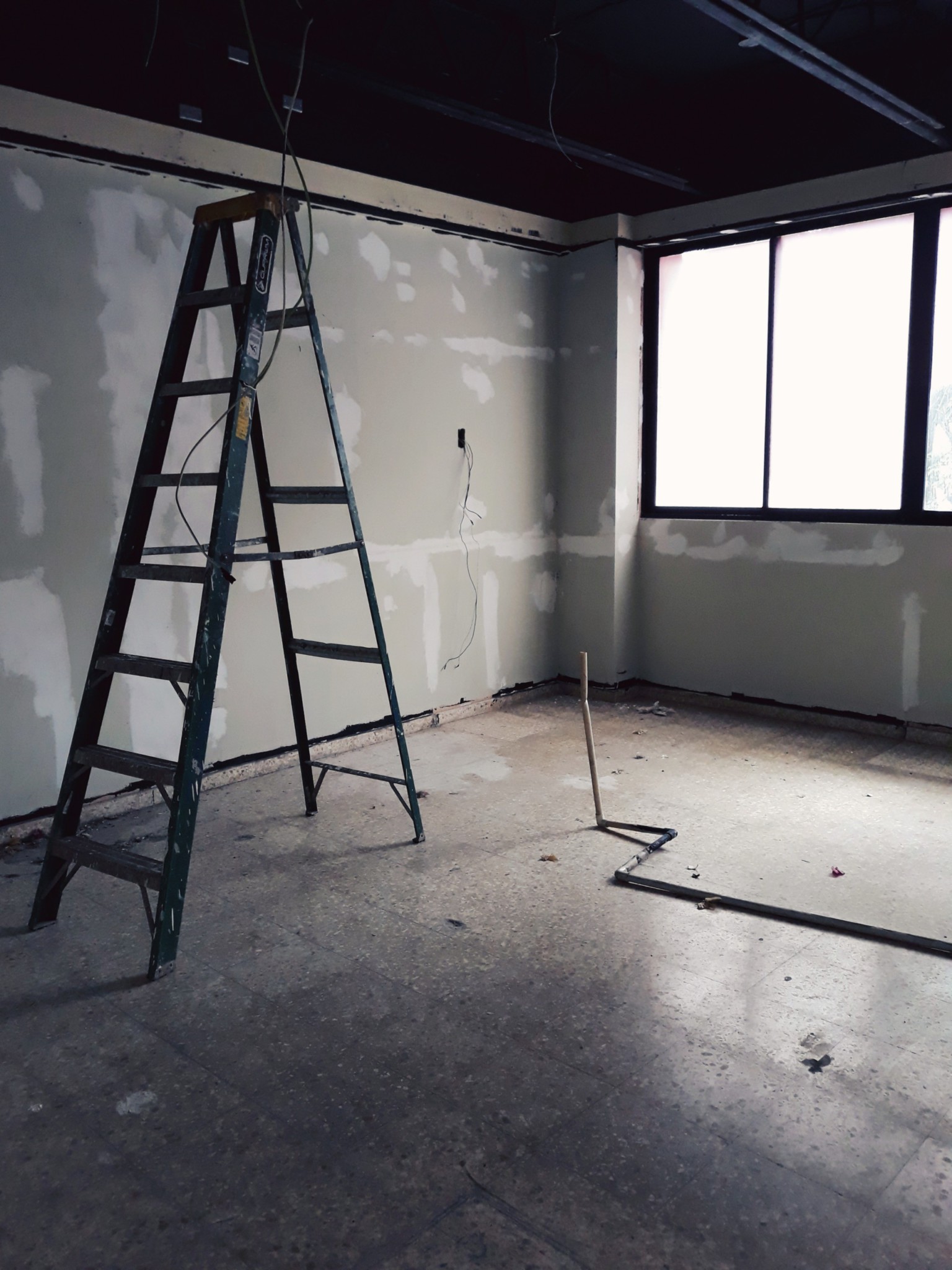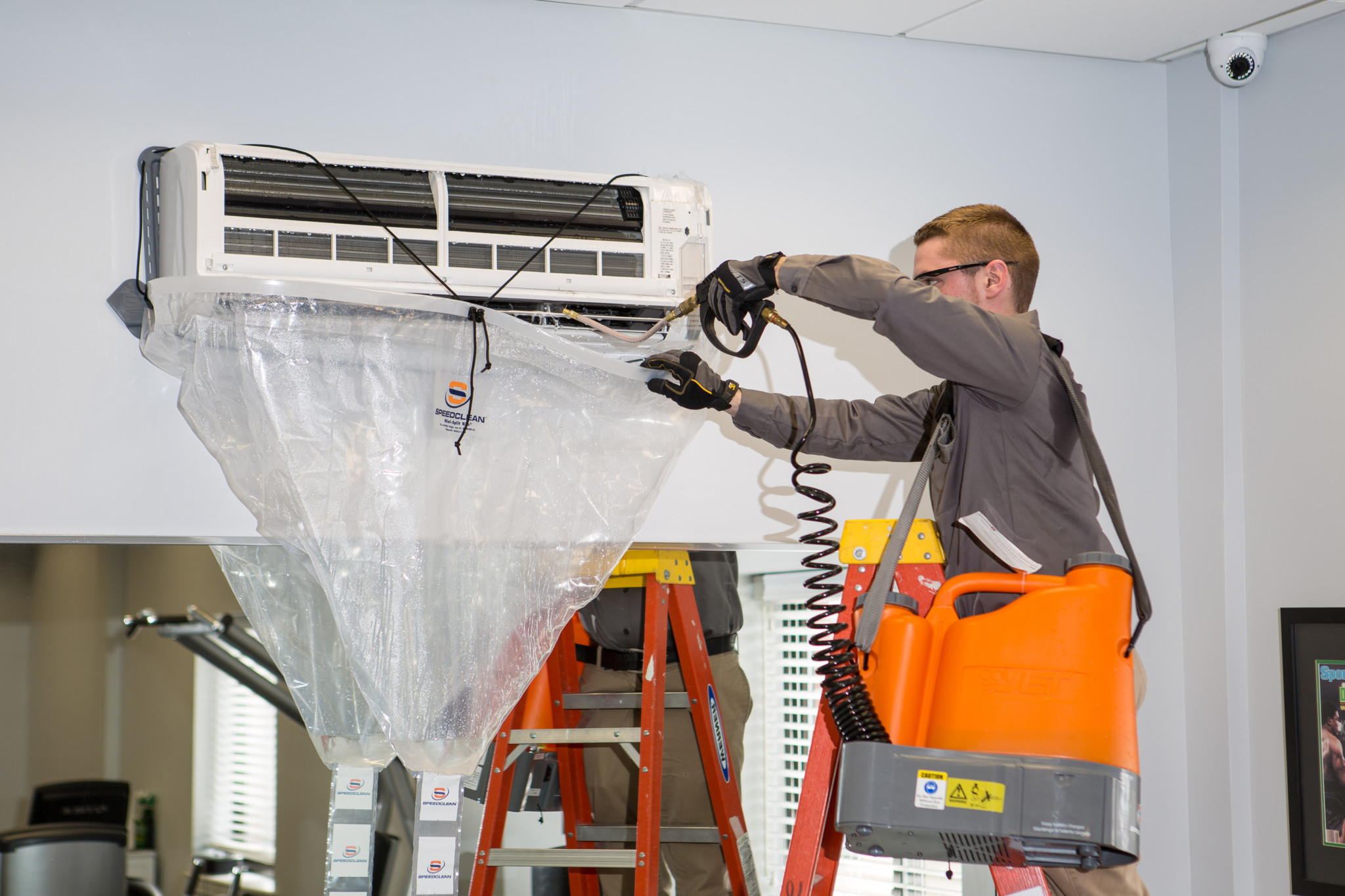The U.S. Environmental Protection Agency (EPA) has created new rules regarding lead paint in homes that will go into effect on April 22. Called the Renovation, Repair and Painting Rule, the new requirements will apply to any contractor that performs work for hire in what is called “target housing”. In this case it means any home or apartment built before 1978 and any child-occupied facility, such as a day care or school.
The EPA has devoted a great deal of attention to lead over the years, because lead is so toxic, especially to children. Public perception about the risk of lead paint has generally centered on the dangers of paint chips, but these rules are more concerned with lead dust, especially when generated by a renovation repair or maintenance.
This new rule isn’t just for painters – it also applies to any contractor that will disturb paint, including carpenters, painters, electricians, plumbers, masons – any worker who could disturb possible lead-based paint during the course of work for pay.
The trigger for the rule is that if, during the course of work, a worker will disturb more than 6 square feet of paint in a room or more than 20 square feet on the exterior of a target structure. Replacing windows will always be covered by the new rules, even if you are technically disturbing less than 6 square feet of paint.
The rules require individual workers to be certified as well as the firms they work for. This will require employees performing the work and supervisors on site to be trained in proper lead-safe work practices. Those techniques include work procedures that minimize the production of dust, containing any dust and debris produced by the renovation work. Other techniques will require the HEPA vacuuming of surfaces (Partner Link) after work to clean up any remaining dust, followed by inspection, and, if-necessary, re-vacuuming.
You will want to know about this and start compliance efforts right away. The penalties – beyond the risk of making your workers, your clients and their children ill – can include suspension or revocation of your certification and fines up to $37,500 per violation. In addition, contractors found to be in violation of these rules can be subject to civil actions by homeowners.
Because this rule is of such significance to Realtors, the National Association of Realtors has also prepared and put on its website a variety of resources which will give you a solid overview of the new rules and what they mean to you.






Leave A Comment